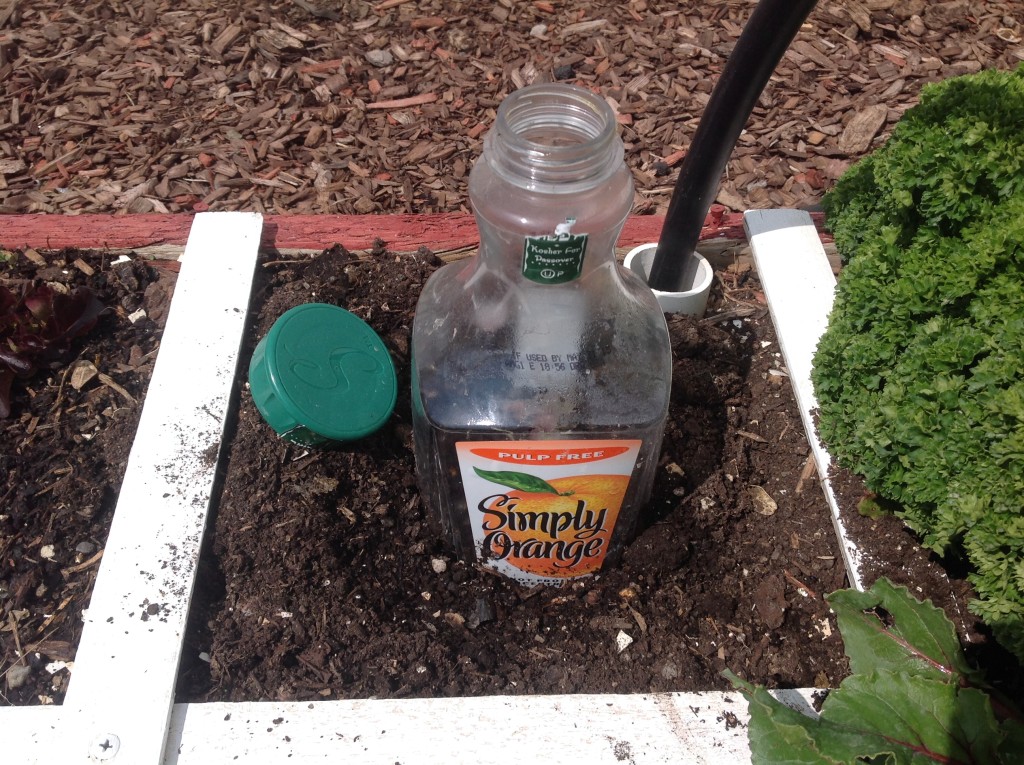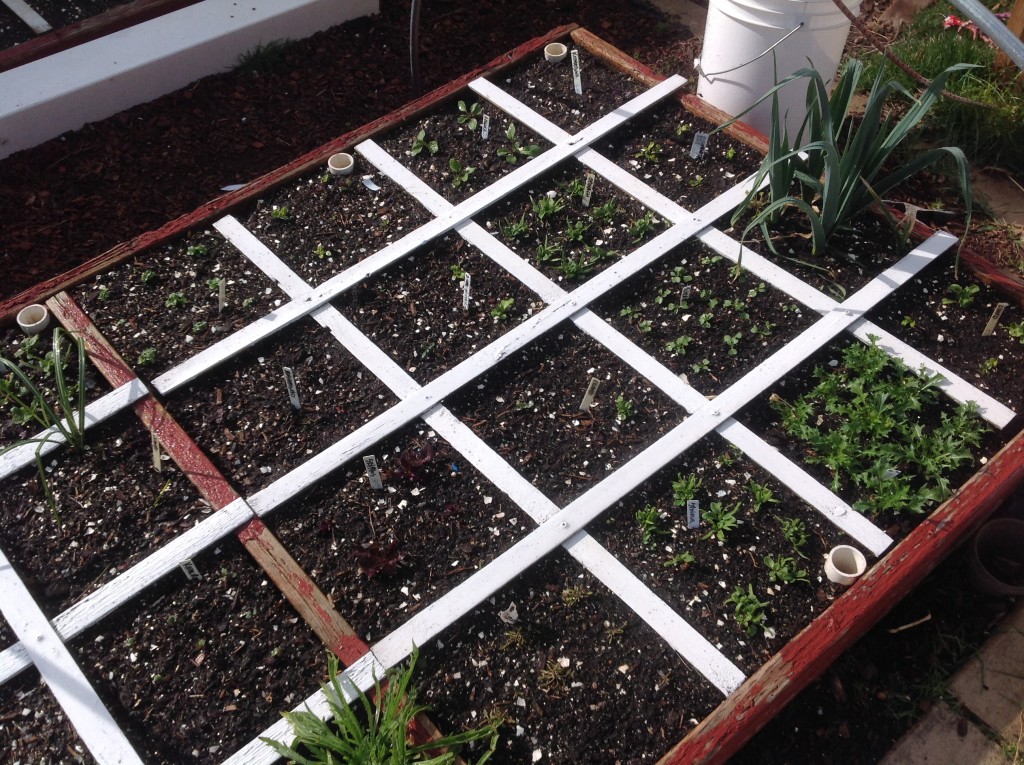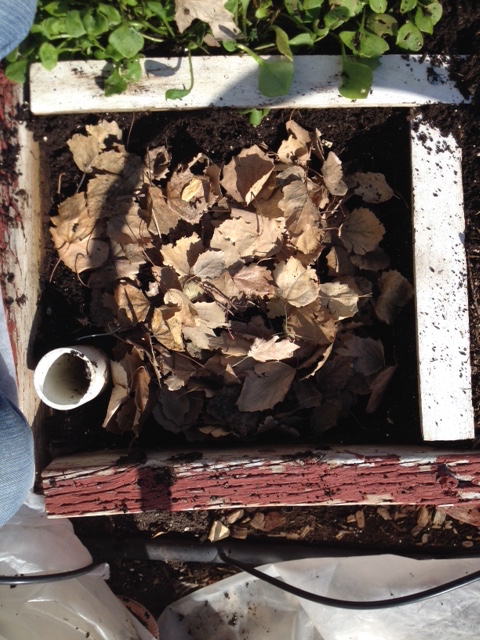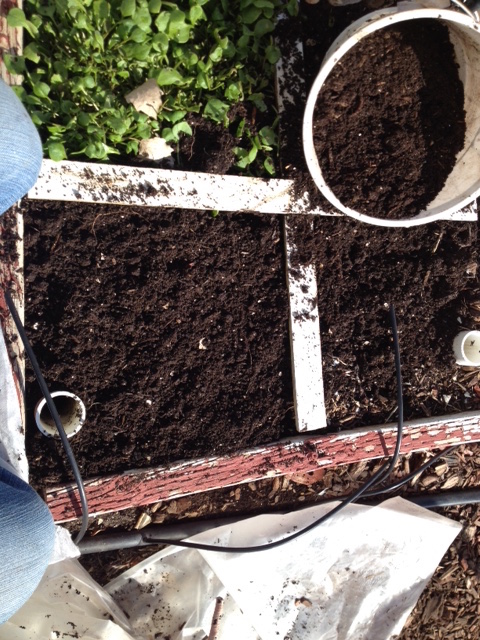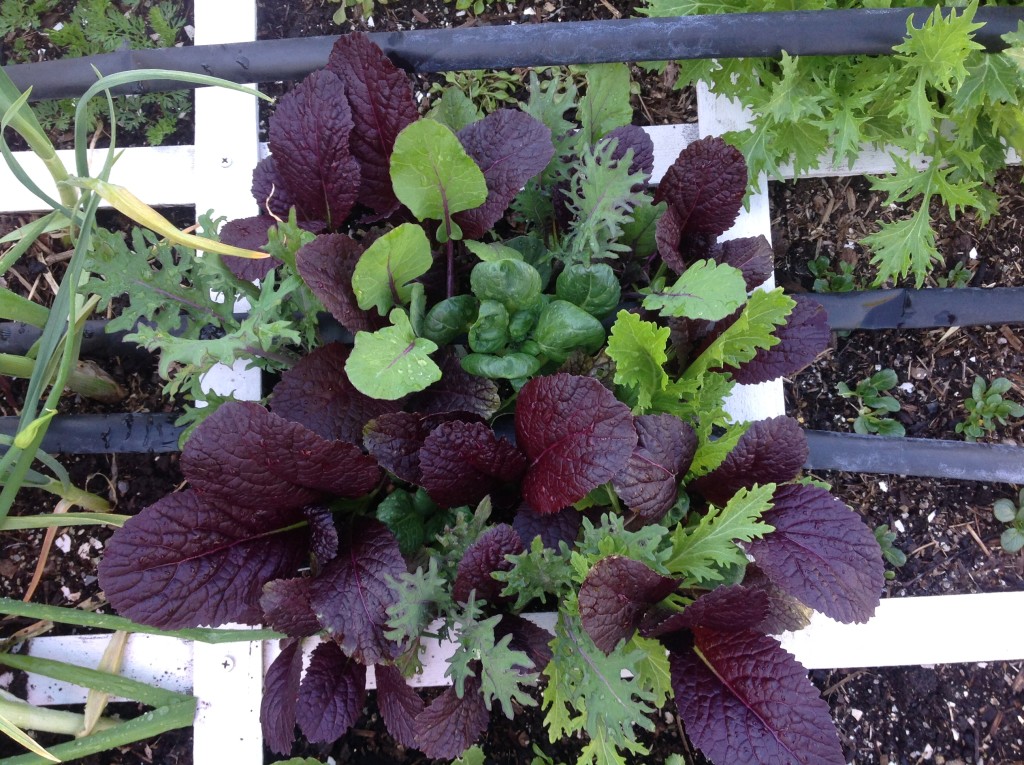 Being deep into the spring months, it’s time to now focus on what and when to plant for your summer garden. Choosing to not worry about wide swings in weather in certain locations leads some people to only have a summer/early fall garden. There’s certainly merit to that thinking. In the next several weeks the weather in our zone will start to really heat up. By then many will be done with all the tradition cool spring crops-spinach, lettuce, varieties of Asian greens, swiss chard, mizuna, etc.<br><br>
Being deep into the spring months, it’s time to now focus on what and when to plant for your summer garden. Choosing to not worry about wide swings in weather in certain locations leads some people to only have a summer/early fall garden. There’s certainly merit to that thinking. In the next several weeks the weather in our zone will start to really heat up. By then many will be done with all the tradition cool spring crops-spinach, lettuce, varieties of Asian greens, swiss chard, mizuna, etc.<br><br>
What to plant for summer? The first thing you’ll need to think about is the space needed for vertical gardening. In the square foot gardening system all vining crops are grown up on a trellis made out of 1/2″ electrical conduit. It’s virtually indestructible and will last a long time. This means crops like indeterminate tomatoes, squashes, pole beans, and melons will be growing up, not out. This method is highly efficient. By keeping your crops off the ground you minimize the damage by certain garden pests but also give your plants better air-circulation and exposure to the sun.
By knowing the food needs of your household you can plan for the quantities of each crop. Cherry tomato plants can bring 10-12 pounds of fruit throughout the growing season. Can you use that much? Can you use more? If so, how much more? Lets say your family will consume in the area of 35-40 pounds of cherry tomatoes this summer. That means you’ll plant 4 cherry tomatoes using just 4 square feet. And yes, you only need 1 square foot to grow a tomato plant that will be 7-8 feet tall by the end of summer. Just make sure you’re growing indeterminate plants, not determinant and keep those “suckers’ pinched back. You’ll do this for all your vining crops.
Along with these items you’ll need to plan all the other things you want to grow. Beets, carrots, beans, certain types of lettuce, basil, etc. Once you’ve figured that out you’ll arrive at the number of squares needed for this summer. If you’ve planned it out and find that you don’t have enough squares, you need more square foot garden boxes. If you’ve got a lot of squares left over, you’re garden is too big. We like to minimize the size of our gardens in the SFG system. We grow only what we need and what we love to eat. Our goal is to have each family member enjoy a fresh, just harvested salad every night of the growing season and nothing more. This eliminates the all-at-once harvest that’s come to be associated from most home gardens.
I’m beginning to empty out squares that have previously been filled with spring crops. I’ve got transplants of certain things ready to go right now. A typical summer garden for me might include the following: zucchini, bush beans, pole beans, cherry tomatoes, many squares of selected lettuce varieties, basil, peppers, spaghetti squash, green onions, carrots, swiss chard, and cucumbers. That will be the content of a single 4X4′ box. In another box I’ll have lettuce, melons, banana squash, New Zealand spinach, kohlrabi, pole beans, beets, and a transplanted rosemary plant. And what about corn? In my mind corn is a huge nitrogen and space hog. It takes up valuable space for too long and it’s dirt cheap in the summer. For those reasons I’ll let the farmers take care of the corn[ois skin=”1”]

